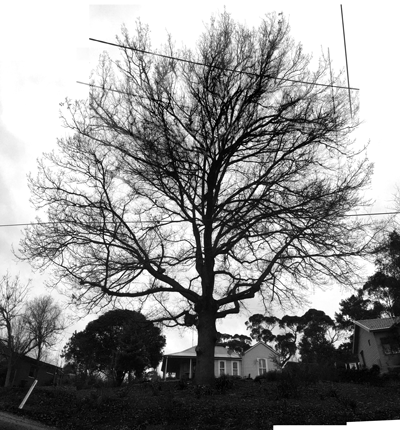/ˈtrɪbjʊT(ə)Ri/
noun: tribuTARy; plural noun: tribuTARies
1.
a flow or flower flowing into a larger flow, flower or
anthoLOGOS/HA HA
e.g.
detail
A Person Looks At A Work Of Art/
someone looks at something...
LOGOS/HA HA
Similar :
headflower, branchflower, feederflower, sideflower, creekflower
influent, confluent, affluent, effluent
2.
HISTORICAL
a person or state ] see ( that pays tribute ] flow ( to another state or ruler ] see (
e.g. tribuTARies of the Holy See*
*
Every see is considered holy. In Greek, the adjective "holy" or "sacred" (ἱερά transliterated as hiera) is constantly applied to all such sees as a matter of course. In the West, the adjective is not commonly added, but it does form part of an official title of two sees: besides the Holy See, the Bishopric of Mainz (the former Archbishopric of Mainz, which was also of electoral and primatial rank) bears the title of "the Holy See of Mainz" (Latin: Sancta Sedes Moguntina).

Theatre of the Actors of Regard
detail
A Person Looks At A Work Of Art/
someone looks at something...
LOGOS/HA HA































